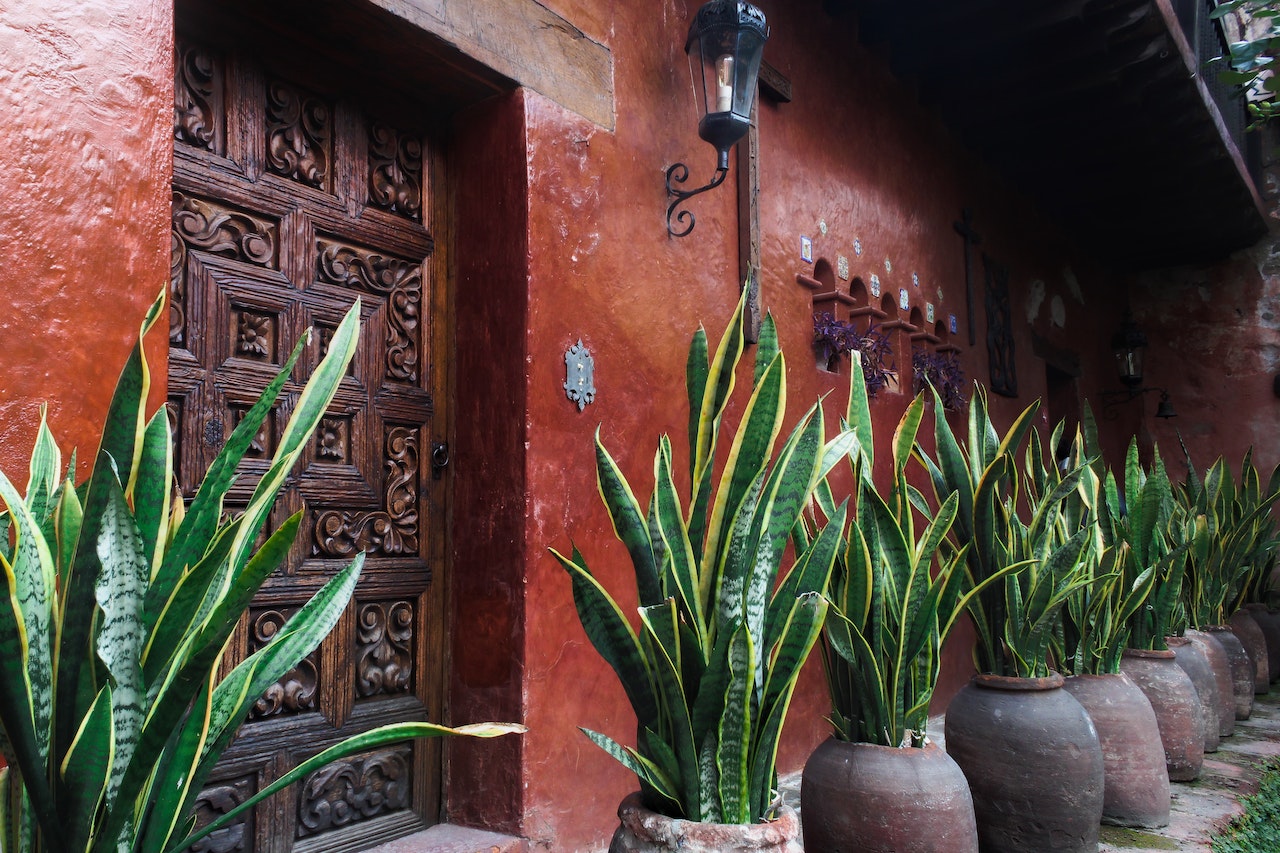
Table of Contents
The snake plant (Dracaena trifasciata) is known as ‘mother-in-law’s tongue’ and is popular as one of NASA’s top air purifying plants. It is a blooming plant that is well-known for being hardy and can endure extreme growing conditions. It has rigid, sword-like leaves that come in various hues, but most of them have leaves that are bordered in green with yellow bands. These plants are ideal for novices because they are practically impossible to kill even if you try.
If you are looking for a hardy plant to grow indoors or outdoors, keep reading to find out more about the rare varieties of snake plants that you can use.
Moonshine (Sansevieria trifasciata)
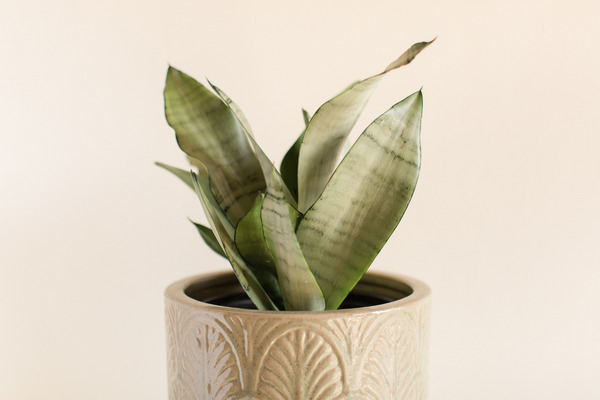
This attractive plant has wide leaves that have a hard texture. It grows in an upward direction and the outline of the leaf is sharp. Leaves are a mixture of ash and silver. The edges of the leaf are a dark shade of green and they have light green lines on their body. The plant can reach a height of eleven to twelve inches.
Bantel’s Sensation (Sansevieria trifasciata)
The adaptability of the plant ensures that once it begins to grow, it cannot be stopped. In 1948, Gustav Bantel became the first person to learn of and register this plant, hence the name. Dark green, erect leaves cover this plant. These leaves have lines on their surface that are light green, white, and yellow. The topmost part of the leaf has more lines visible than the bottom. It can grow up to a two-to-three-foot maximum height.
Siam Silver (Sansevieria Metallica)
This plant has large leaves with a smooth, slick surface. As they age, leaves gradually get flatter with smooth light green, silver, and ash-striped patterns. The plant appears lovely when the sun shines on it as it tends to reflect off the leaves. There may also be red and brown stripes along the leaf’s edge which gives the plant its unique appearance. Siam Silver has a three-foot maximum height.
Sayuri (Sansevieria Aubrytiana)
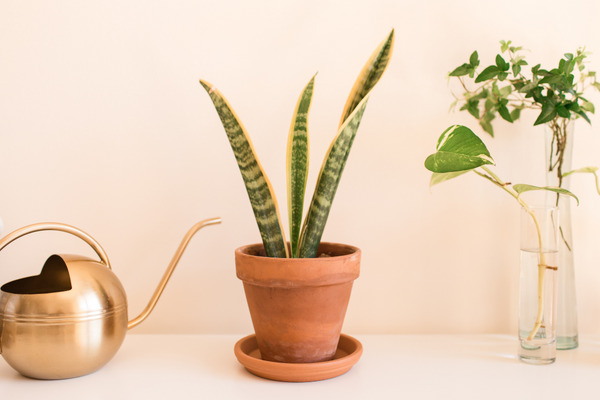
Sayuri is an attractive and decorative plant. The color of the leaves is a light green with a mixture of ash also having vertical lines of light silver, white and blue. There is a hidden white color on the edges of the leaf. The hard leaves face an upward direction. The leaf has a small surface area and looks like a sword. Leaves are often straight which enables these plants ideal to be grown in less spacious indoor areas. This plant can grow up to 2 -3 feet.
Black Dragon (Sansevieria Trifasciata)
The small size of the plant makes it a better option for indoor spaces that are less spacious. The leaves look shiny and are a darker shade of green. They have a lighter green shade on the bottom. If this plant is kept in a dark place or where there is partial or limited sunshine, the plant will look dark green. If it is kept in bright sunshine it becomes a beautiful light green color. It can grow up to 20 to 30 inches in height.
Samurai (Sansevieria Ehrenbergii)
This plant got its name from Christian Ehrenberg , a German naturalist. The leaves of this plant are curved on the inside and have the shape of a blade, it grows in a beautiful zig-zag manner, where a single leaf grows from two leaves that lie alongside each other. The leaves are thick and green. The outline of the leaf is a brownish-gold color. Plants can reach a height of 5 feet.
Golden Hahnii (Sansevieria Trifasciata)
This is a very small variety of snake plants. The leaves are green in the middle surrounded by a yellow border. This is an ideal plant to be placed on coffee tables. Plants can reach a height of up to eight inches.
Kenya Hyacinth (Sansevieria Parva)
This specific plant has a lovely appearance and is so adaptable that it can live almost without any care at all. The plant suit office spaces. The leaves have a long, thin appearance and form a lovely droop that resembles a palm leaf. The leaves are more than one foot long and have a dark green color. The bottom of the leaf has stripes in a barely noticeable lighter shade of green. There are other variations of this same plant as well.
Dracaena Eilensis Chahin
This particular plant originated in a small area in Somalia. The plant looks short which gives it a unique feature. It was found out by a South African Botanist John Lavranos in the year 1973. Each plant has between four and six leaves that look like a cylinder. When the plant gets older the leaves curl inwards.
The color of the leaves is a combination of light green and blue with not-so-clear white lines. The outline of the leaves is an eye-catching red color. The succulent leaves can grow up to twelve inches in length
The African Spear Plant (Sansevieria Cylindrica)
The leaves of this lovely kind grow straight up, are very long, and resemble tubes. The plant’s shape appears rounded as the genes required for the plant to be flat are not seen in this plant, the ends of the plant are well-rounded. These plants often have three to four spear-like shoots. The shoots have dark green stripes that are separated by lighter and less-dark green stripes. They grow up to six feet in height.
Blue Kew (Sansevieria Powysii)
This plant looks like the Samurai. The leaves of this plant stoop and have a small curve on the bottom of the leaf. The leaf has a very visible sharp end. The color of the plant is a mixture of ash and blue with clear light brown lines enclosing the leaves. Height ranges between four to five inches.
Sansevieria Cleopatra
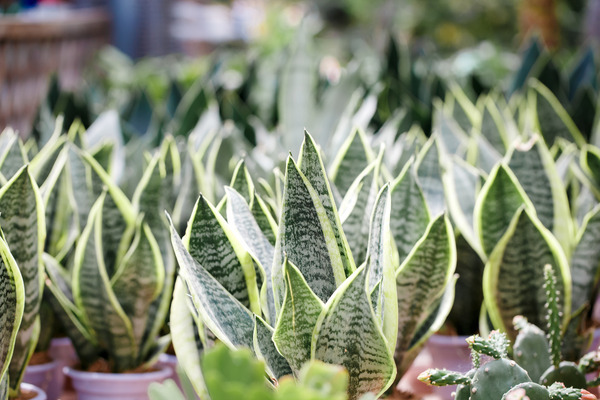
This plant is a miniature. It grows from a rosette source and has tiny, scratchy leaves that are not very wide. The plant has lovely leaf patterns where the leaves are curled with a light green color on the underside. There are distinct areas of a dark shade of green on these leaves and lines of white and light brown surround the leaves. They can grow up to two feet tall.
How to Care for Snake Plants
Snake plants grow well in any setup in containers as well as on the ground. This plant can put up with drought. They make it easy for beginner gardeners and you don’t need to worry about watering or providing extra care. Let’s look at some basic care needs for your snake plant to thrive.
Soil
When considering the soil preferences, make sure the soil is loose and well-drained. They thrive in sandy soil. To avoid textural concerns that make draining difficult for it, use soil that contains less peat.
Light
Sunlight, whether direct or indirect, is great for snake plants. Light is preferable for their growth even though they can adjust to both bright and dim lighting.
Water
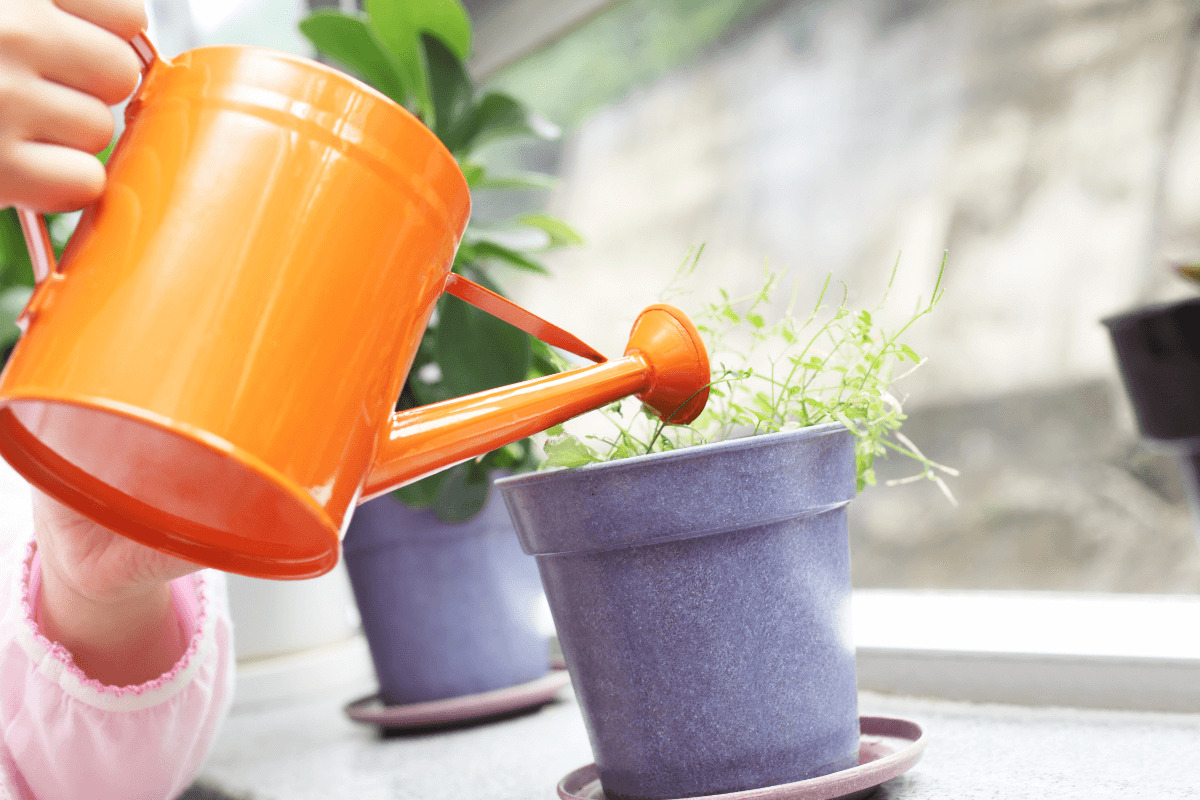
By touching the top layer of soil, you can determine whether the soil needs watering before you water it. Be mindful of watering and that overwatering can cause water logging and kill your snake plant.
Temperature
Although snake plants like hot climates, they require protection when it is below 50 degrees Fahrenheit. Moving outdoor plants indoors in the winter is would be beneficial since snake plants can freeze to death.
Wrapping Up
Snake plants can adapt to a variety of different surroundings. These plants do not need too much care which makes snake plants the best choice for novices and for individuals who need a plant that requires little to almost no care.






